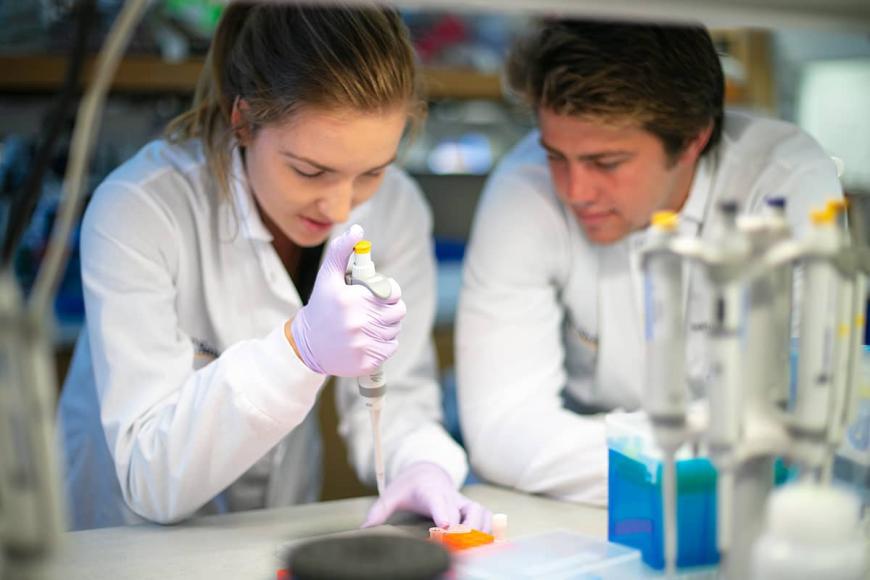Anthropology: Uncovering the Cultural Tapestry of Humanity
Cultural Anthropology:
Teaching students about balanced nutrition, the importance of healthy eating habits, and the impact of food choices on overall well-being.

Biological Anthropology:
Encouraging regular physical activity through physical education classes, extracurricular activities, and the integration of movement into the school day.
Archaeology:
Nurturing Healthy Habits from the Start
Linguistic Anthropology:
Empowering Decision-Making
Neuroscience: Deciphering the Workings of the Brain
Neuroanatomy:
This branch of anthropology focuses on the study of contemporary human cultures, examining social norms, rituals, belief systems, and other cultural phenomena.
Neurophysiology:
Biological anthropology explores the biological aspects of human beings, including their evolution, genetics, and physical variation.
Neurochemistry:
Archaeology involves the study of past human societies through the analysis of material remains, such as artifacts, architecture, and human remains.
Cognitive Neuroscience:
Linguistic anthropology investigates the role of language in human societies, examining how language shapes thought, communication, and social interaction.
Bridging the Gap: The Intersection of Anthropology and Neuroscience
Biocultural Anthropology:
Biocultural anthropology represents a synthesis of biological and cultural perspectives on human behavior.
Neuroanthropology:
Neuroanthropology, a burgeoning field at the intersection of anthropology and neuroscience, explores the cultural shaping of brain and behavior.
Cultural Neuroscience:
Cultural neuroscience investigates the neural underpinnings of cultural phenomena, such as social cognition, emotion regulation, and cultural learning.
Applications and Implications
Education
Culturally Responsive Teaching:
In the field of education, insights from anthropology and neuroscience can inform teaching practices that are culturally responsive and neurologically informed.
Healthcare
Culturally Competent Care:
In healthcare settings, understanding the cultural beliefs, values, and practices of patients is essential for delivering culturally competent care.
Public Policy
Evidence-Based Policies:
In the realm of public policy, knowledge derived from anthropology and neuroscience can inform evidence-based policies that address societal issues such as poverty, inequality, and social justice.
Conclusion
The convergence of anthropology and neuroscience represents a powerful synergy that offers new insights into the complexities of human behavior. By bridging the gap between biology and culture, researchers can gain a deeper understanding of what it means to be human, unlocking the secrets of our shared humanity and paving the way for a more enlightened and compassionate society.